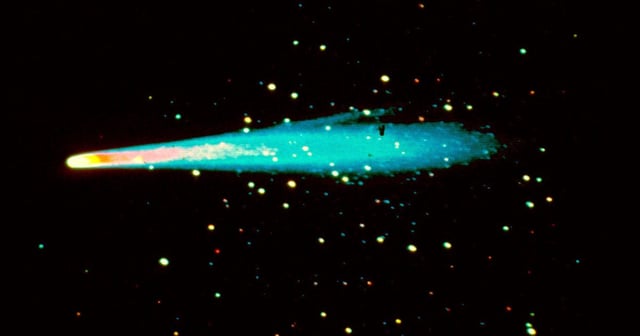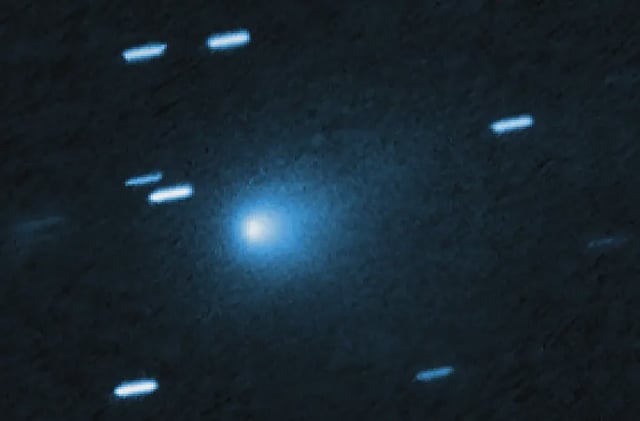Overview
- Southwest Research Institute detailed a mission concept validating a high‑speed intercept of 3I/ATLAS with launch energies comparable to past NASA missions.
- Study leaders, including Dr. Alan Stern and Dr. Mark Tapley, concluded that flyby encounters of interstellar comets can be executed at reasonable cost using existing technology.
- 3I/ATLAS, only the third known interstellar visitor, has been observed by Hubble, JWST, SPHEREx, and TESS in a coordinated campaign.
- SPHEREx and JWST measurements indicate the highest carbon‑dioxide‑to‑water ratio ever seen in a comet, pointing to an unusually CO2‑rich coma.
- TESS archival data show the object was already active at roughly six astronomical units, and Hubble imaging reveals a teardrop‑shaped dust cocoon without a distinct tail, while suggested looks by Mars Reconnaissance Orbiter or Juno remain proposals.



